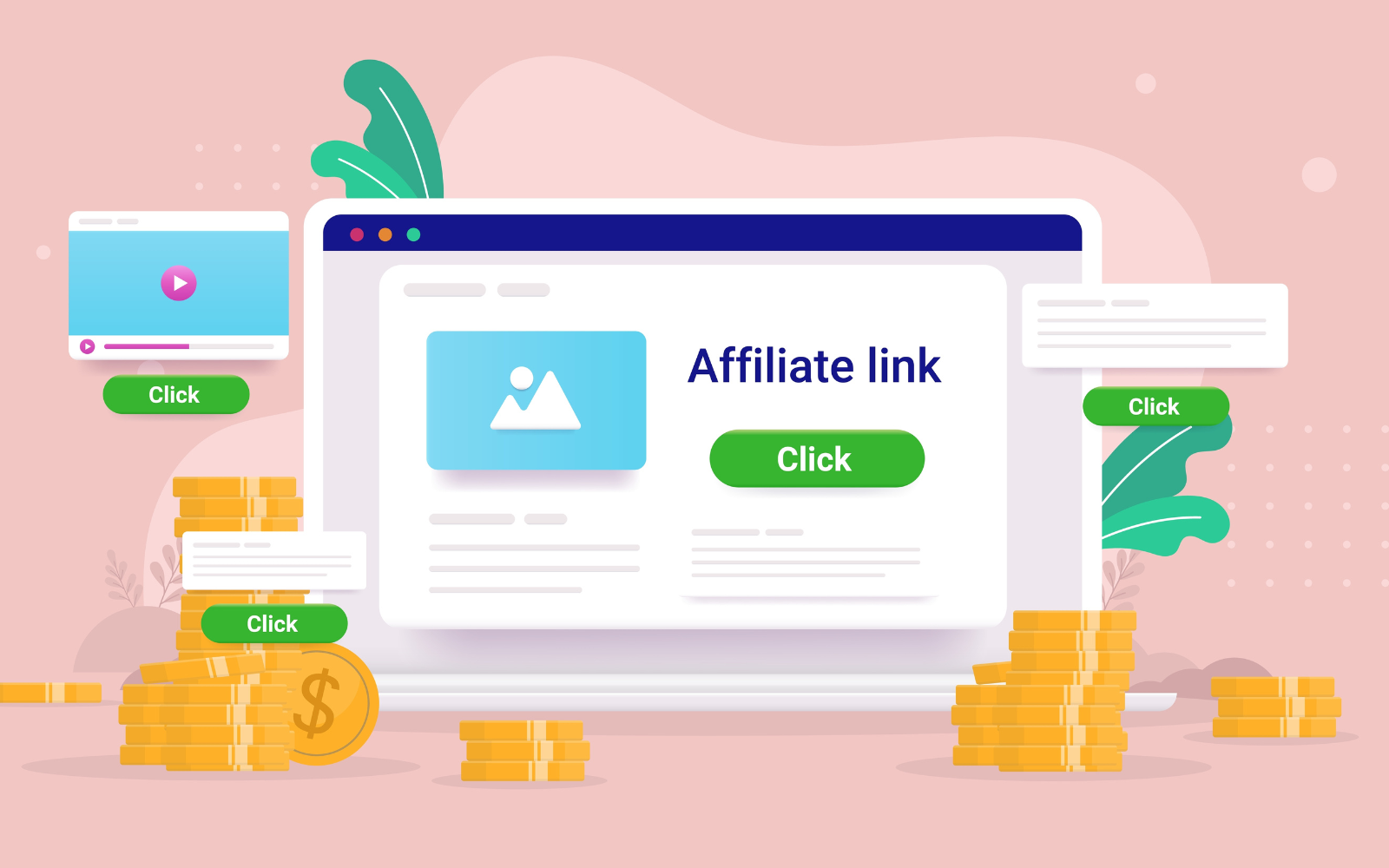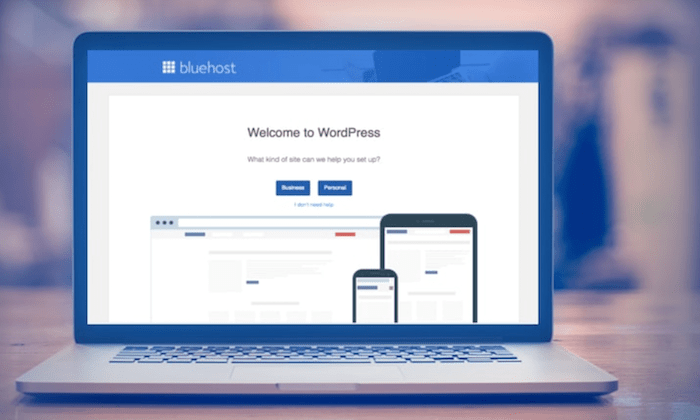Part 3: How To Launch, Manage, & Grow An Affiliate Program Step-By-Step via @sejournal, @rollerblader
Learn how to effectively manage and grow it with expert tips and insights. Avoid common pitfalls and maximize your program's potential. The post Part 3: How To Launch, Manage, & Grow An Affiliate Program Step-By-Step appeared first on Search...

You’re now ready to get your affiliate program in motion! Before you do, there are pitfalls to avoid and situations you’re going to run into.
In this final section of our series, you will learn the myths, truths, and common pitfalls to avoid when managing and growing an affiliate program.
Professional Tips, Myth Busting, & Common Pitfalls To Avoid
This section is probably the most important and controversial.
Remember that the affiliate industry is based on performance, not whether your company is gaining customers or adding value.
If something doesn’t feel right, or you do not get a clear and direct answer with concise data points and from unbiased tests, chances are you’re being taken advantage of. That’s what this section is about.
There Is No Army Or Group Ready Or Wanting To Promote You
There is no army or group of affiliates that wants to promote your brand or products.
Affiliate programs can take a minimum of a year to start seeing results unless your affiliates are “no-value” and “low-value,” because they intercept your own traffic.
You have to put the work in to recruit top funnel and value-adding partners.
They will be working on their own dime since you’re not paying media fees, and that also means you take a backseat to companies that will pay them upfront.
It is heavy labor to onboard and activate partners; nobody is going to start working for free just because you have a program.
Be Careful Of “Questionable” Advice From Networks And Agencies
Networks make their money based on how many orders are processed, not whether you are profitable or if they’re meeting your company’s goals.
Many agencies do, too. One of the most common recommendations is to work with websites that show up for your “brand + coupons” in Google searches.
If you don’t have an affiliate program, look at your analytics, and you’ll see the coupon site touch points under referrals.
Many networks, agencies, and affiliate managers will tell you that by allowing these sites into your program, you will see more sales, an increase in conversions, and average order value (AOV).
What you may experience is a decrease in total revenue by the amount you are now paying to the affiliate and the network. These touchpoints move from direct referral to affiliate. But don’t count coupon sites out.
Yes, the same touch point moving to a new channel could potentially cause a revenue loss, but there could be revenue gains, too.
Have the coupon site exchange the interception for guaranteed monthly email blasts, monthly social media features, and top placements in lists for shopping holidays like Mother’s Day, Christmas, and Valentine’s Day.
Coupon sites can add value and be worth working with.
That is where you and your affiliate manager need to come in so that your company still grows – and you get to choose who is and is not allowed in your program.
Affiliates Are Not Your Employees Or Your Sales Team
Affiliates are contractors of your company, not employees. They are not held to the same standards as sales professionals, such as hitting sales goals.
Affiliates in your program are working on their own dime vs. getting a guaranteed payment for ad space, promotions on a set schedule, or a media and advertising fee.
If the affiliate has their own traffic and is not intercepting your own, they control where it goes, and you will lose out on customers if you cross this line with them.
Work with your affiliates to get promotions at important times, and ask what they need. If they have a niche audience, create banners and videos that meet their audience’s needs.
If they know a specific word or phrase resonates with their audience, they will use it to get their audience to your website.
If they’re not breaking the law or making misleading claims, let them share their brand equity to build trust for your company. That is where a big value-add happens.
Affiliates Have To Link To My Website Or App
Affiliates do not have to link to your website or app – or exclusively to you. This is because they own their own web properties.
If the affiliate introduces new customers and doesn’t rely on your brand to have its own traffic, it decides who gets the traffic and sales, not you.
One important thing to remember is that Google’s reviews update rewards multiple shopping options. If the affiliate is not creating branded content like coupons, reviews, etc., linking to multiple vendors for the same product will likely benefit them.
This includes shopping content and gift guides, listicles, and even where to pick up supplies for creating a recipe or fixing something around the house.
Affiliate programs take a lot of work and are a high-risk but high-return channel when done in a value-adding way.
If your SEO tanks or social media channels are shut down, your affiliate partners, who have their own traffic, can help keep you in business while you recover.
That’s why it is important to invest in it, but you want to invest in it so that it attracts people to you and does not intercept and counteract your own efforts.
More resources:
34 High-Ticket Affiliate Marketing & Partner Programs 2024 The 17 Best Ad Networks For Content Creators In 2024 How To Plan An Affiliate Marketing Strategy For Content CreatorsFeatured Image: Overearth/Shutterstock

 UsenB
UsenB 































